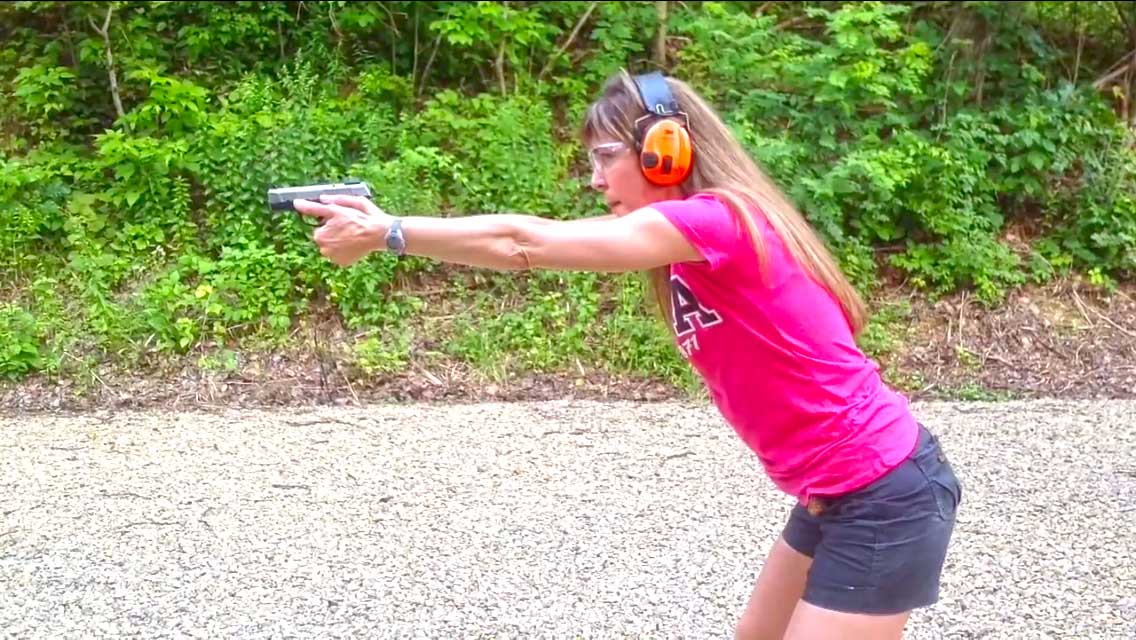Why don’t more people have the sense to get trained?
Firearm training is essential to being able to use a weapon safely and effectively. Yet an extensive study conducted in 2017 by epidemiologists at the University of Washington found that only 61% of all gun owners in the US reported receiving official firearm training.
This begs the question: why are around four in 10 gun users not properly trained? Here are some reasons why people might not seek out training courses, and why these reasons should absolutely not be an object in the way of you getting the coaching you need.
The cost of official training
A survey conducted by Reuters in 2017, researched independently of the Washington investigation, sent out volunteers to try firearm training courses across different states, including Connecticut, Massachusetts, New Hampshire and Pennsylvania. They found the average cost of a six-hour training course was $130.
Some courses take place over multiple weeks, reaching costs of around $300, and the difference between a two-week and four-week course could be $100.
Many opponents of mandatory firearm training as part of gun ownership argue these courses add unwanted costs to purchasing a weapon. But if you intend to buy a gun, it is your responsibility to know how to use it. A mistake can land you with a long prison sentence. $300 split over 20 years becomes $15 per year.
Misconceptions around self-defence
In the aftermath of the Sutherland Springs mass shooting, Mike Weisser, author of the blog Mike the Gun Guy, an NRA member and firearm instructor, said: “American have become more convinced that a gun makes you safer.” But as he explains, to defend yourself in a potentially lethal situation, “You would need more training than 50% of sworn active law enforcement officers in [the US] ever get.”
A 2018 investigation by Harvard University concluded people used guns to defend themselves in only 0.9% of crimes from 2007-2011.
Although the common belief is that having a gun will keep you safe, the chances are you will never have to use it in self-defence. However, you have the opportunity to mishandle it every day.
Courses are seen as ineffective
The 2017 Reuters survey listed 70 subjects that should be covered in a firearm course including firearm anatomy, firearm operation, the law surrounding guns, appropriate storage, theft prevention, accident prevention, suicide prevention, self-defence use and live fire practice.
Whereas topics like basic pistol anatomy and target identification were covered in 90-95% of courses, subjects like suicide prevention, the leading cause of firearm deaths, was only covered by one in 10 instructors. And gun theft was covered by only 20%, a problem considering most guns involved in crime are acquired by theft.
However, the perception that because one course does not contain all the answers it is not worth attending any of them is illogical. It is better to know as much as you can than to know nothing. Instead, save up and attend as many different courses as you can. Hopefully, you will learn something new from each one.
- Training,
- 2018




